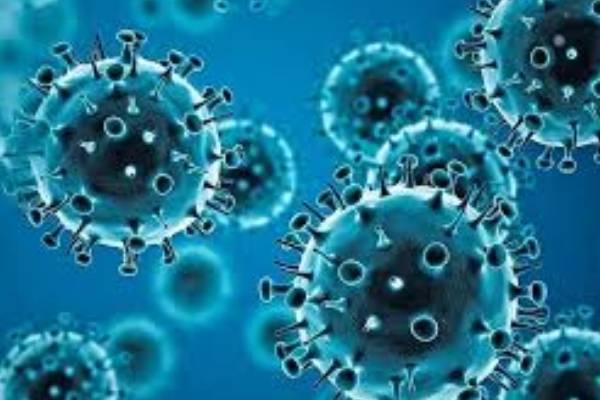Australian researchers have published new findings revealing how quickly SARS-CoV-2, the virus responsible for COVID-19, evolves—offering key insights that could help in predicting and combating future variants.
The study, conducted by scientists from the University of New South Wales (UNSW) in Sydney, tracked the genetic evolution of the virus over five years by serially passaging 11 samples from nine major variants, including Alpha, Delta, and Omicron.
According to a statement from UNSW, the researchers observed the virus in a controlled laboratory setting, free from the pressures of immune responses or treatments. This allowed them to study its natural evolutionary pathways with greater clarity.
Lead author Charles Foster, from UNSW’s School of Biomedical Sciences, explained: “By growing the virus over many generations in a lab, we can observe how it evolves without the influence of the immune system or treatments. That gives us a clearer picture of its natural evolutionary patterns.”
The study found that SARS-CoV-2 continued to evolve and accumulate mutations after more than 100 generations, with some mutations appearing repeatedly across different variants—a phenomenon known as convergent evolution.
Many of the observed mutations occurred in the virus’s spike protein, which is responsible for infecting human cells. However, researchers also found mutations in other regions of the virus, sometimes evolving even faster than the spike.
Significantly, some of these mutations have already been linked to reduced vaccine effectiveness, the researchers noted.
The findings, published in the Journal of Virology, could aid scientists and public health officials in staying ahead of the virus.
“We’ve made all of our sequencing data freely available so other researchers can analyse it, compare it with clinical samples, and hopefully uncover even more about how this virus evolves,” Foster said.
He emphasised that understanding these evolutionary patterns is essential to anticipate future changes and prepare more effective vaccines and treatments.





